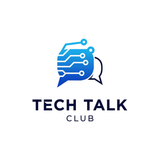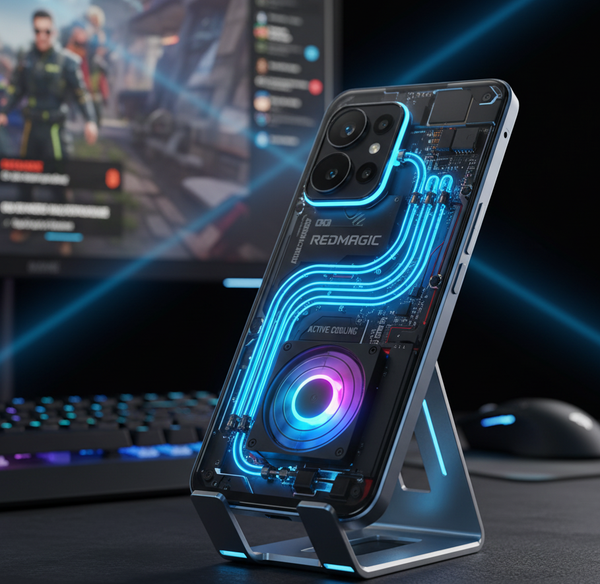iPad Pro/Air vs. Samsung Galaxy Tab S10 Ultra
Apple’s latest iPads (Pro/Air) and Samsung’s Galaxy Tab S10 Ultra (or its successor) both offer incredible power and features, but cater to different user experiences.

In the premium tablet arena, two titans consistently battle for supremacy: Apple's latest iPad Pro or iPad Air and Samsung's formidable Galaxy Tab S10 Ultra (or whatever groundbreaking model has followed it). Both offer unparalleled performance and features, but they approach the "perfect tablet experience" from distinctly different angles. Let's break down where each excels to help you decide which powerhouse belongs in your hands.
Design & Display: A Feast for Your Eyes
Apple's iPads are renowned for their sleek, minimalist design and robust build quality. The iPad Pro models boast Liquid Retina XDR (mini-LED) displays, offering incredible brightness, contrast, and color accuracy, particularly impressive for HDR content. The iPad Air, while slightly less extreme, still offers a stunning Liquid Retina IPS display.
Samsung's Galaxy Tab S10 Ultra (and its successors) often push the boundaries with their massive screens, often featuring a vibrant Dynamic AMOLED 2X panel. These displays deliver deep blacks, vibrant colors, and smooth refresh rates, making them a joy for media consumption and creative work. The Ultra line typically stands out with its incredibly thin bezels, maximizing screen real estate. The sheer size of the Ultra can be a huge draw for those who want an expansive canvas.
Performance: Raw Power vs. Android Flexibility
Apple's M-series chips (M1, M2, and beyond) in the iPad Pro and even the latest iPad Air models provide desktop-class performance. This raw power translates into incredibly smooth multitasking, effortless handling of demanding creative apps (like video editing in DaVinci Resolve or LumaFusion), and console-quality gaming. If pure speed and graphical grunt are your top priorities, the iPad is often the benchmark.
Samsung's Galaxy Tab S10 Ultra typically features the latest flagship Qualcomm Snapdragon processor (e.g., Snapdragon 8 Gen 3 or equivalent). While incredibly powerful, these chips generally sit just behind Apple's M-series in synthetic benchmarks. However, in real-world usage, the Ultra handles intensive applications, gaming, and multitasking with remarkable fluidity. Its Android foundation, combined with Samsung's optimizations, offers a different kind of flexibility.
Software & Ecosystem: iPadOS vs. One UI (Android)
This is perhaps the most significant differentiator.
iPadOS provides a refined, touch-first operating system that balances tablet simplicity with powerful multitasking features like Split View, Slide Over, and Stage Manager (on newer models). Apple's App Store boasts an unparalleled collection of tablet-optimized applications, especially for professional creative and productivity tasks. The seamless integration with other Apple devices (iPhones, Macs, Apple Watch) is a major draw for existing Apple users.
Samsung's One UI (based on Android) on the Galaxy Tab S10 Ultra offers a more open and customizable experience. Its standout feature is DeX Mode, which transforms the tablet into a desktop-like environment when connected to a keyboard and mouse, or even an external monitor. This makes it a surprisingly competent laptop replacement for many. While Android's tablet app ecosystem isn't as mature as iPadOS for all professional apps, it benefits from the vast openness of Android, allowing for more file system access and customization.
Accessories: Stylus, Keyboards & More
Both tablets offer a robust ecosystem of accessories designed to enhance productivity and creativity.
The Apple Pencil 2 (for iPad Pro/Air) is widely regarded as the gold standard for tablet styluses, offering incredibly low latency and precise pressure sensitivity for artists and note-takers. Apple's Magic Keyboard provides a fantastic typing experience with a trackpad, transforming the iPad into a versatile 2-in-1 device.
The Samsung Galaxy Tab S10 Ultra comes with the S Pen included in the box, a significant value proposition. The S Pen offers excellent pressure sensitivity and a suite of useful air gestures and software features. Samsung also offers its own Book Cover Keyboard with a trackpad, providing a laptop-like experience, especially when combined with DeX Mode.
The Verdict: Which One Is For You?
Choosing between these two premium tablets boils down to your priorities:
- Choose the latest iPad Pro/Air if:
- You demand the absolute fastest performance for demanding creative or professional applications.
- You prioritize the unparalleled selection of tablet-optimized apps in the Apple App Store.
- You are deeply embedded in the Apple ecosystem and value seamless integration.
- You prefer a highly polished, user-friendly, and secure operating system.
- Choose the Samsung Galaxy Tab S10 Ultra (or its successor) if:
- You crave the largest possible AMOLED display for immersive media and expansive workspaces.
- You value the included S Pen and its robust features.
- You appreciate the flexibility and customization of Android and the desktop-like experience of DeX Mode.
- You want a device that can truly bridge the gap between a tablet and a laptop in a single package.
Both devices represent the pinnacle of tablet technology, offering incredible tools for work, creativity, and entertainment. Your personal workflow and ecosystem preference will ultimately guide you to your ideal high-end companion.




